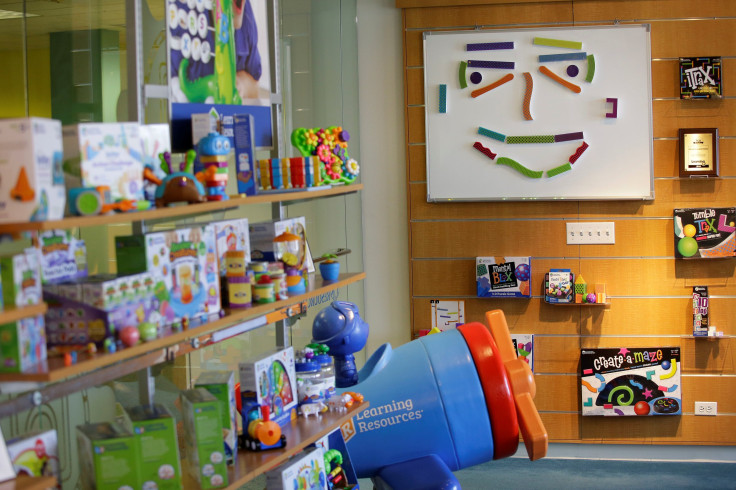Amazon Angles To Be World's Biggest Toy Store

The tag line Toys R Us used, part of its catchy jingle, was "the world's biggest toy store." Now that the last of its stores has closed, a number of other companies want to fill the void, but few might have as much potential as Amazon.com (NASDAQ:AMZN).
This article originally appeared in The Motley Fool.
The online retailer is reportedly getting ready to flood the mailboxes of U.S. consumers with a print catalog for the holiday toy season. According to Bloomberg, the 100-page catalog that Toys R Us used to produce every year is going to make a reappearance of sorts under the banner of Amazon, which will also stock the catalog at its Whole Foods chain.
Plenty of room in the toy box
Despite its financial woes, Toys R Us was still a force to be reckoned with at Christmas, though its market share had fallen in recent years. Walmart (NYSE:WMT) is the largest toy seller, with a 29.4 percent share, according to data from the market researchers at IBISWorld data, with Amazon in second place at 16.3 percent. Toys R Us had a 13.6 percent share, but that put it in fourth behind GameStop, which held a 13.9 percent share.
The demise of Toys R Us would seem to give the nod to Walmart to pad its lead, particularly since it has committed to expanding shelf space for toys this year. But Toys R Us was actually the largest online pure-play toy retailer, according to Internet Retailer, with $1.7 billion in sales, representing 37 percent of the total $4.6 billion in online toy sales.
That suggests that Amazon could make significant share gains, especially as the troubled GameStop is in talks with third parties about getting acquired. One of those parties is reportedly Sycamore Partners, which had also been negotiating with Toys R Us before the chain chose liquidation.
A real page-turner
Considering the ease of searching the internet for items, a print catalog might seem like a throwback to a different time, but it remains important to retailers. Although the number of catalogs mailed out peaked in 2007 at over 19 billion, nearly 10 billion were still mailed out in 2016.
Amazon has published a digital version of a toy catalog each year, its Holiday Toy List, that it says "showcases the latest and most-wished-for new and best-selling toys for the holiday gifting season." A print version will be a first for it. It also presents some problems for the retailer -- pricing across Amazon is not uniform but reacts to supply and demand and the region where you live, as well as the fact that Prime-eligible products tend to drive sales.
Citing NPD Group data, the industry trade group The Toy Association says the U.S. toy market remains large and growing, hitting $27 billion last year, a 2 percent increase over 2016. Through April 2018, the latest data available, toy sales in dollars grew 7 percent to $5 billion compared to the same period in 2017.
The Toys R Us failure was predicated more on its heavy debt load from its private equity backing than on the competition from Amazon and other rivals. The toy market itself remains lucrative, and numerous retailers are trying to capitalize on the opportunity. KB Toys, for example, is planning a comeback by opening pop-up stores around Black Friday, and Party City, which owns the Halloween pop-up store market, has announced it, too, will be opening pop-up toy stores.
Whether Amazon's print catalog becomes an annual feature is unknown, as the company didn't comment on its plans. But this year's version could catapult it to the top of the toy market.
John Mackey, CEO of Whole Foods Market, an Amazon subsidiary, is a member of The Motley Fool’s board of directors. Rich Duprey has no position in any of the stocks mentioned. The Motley Fool owns shares of and recommends Amazon. The Motley Fool owns shares of GameStop and has the following options: short July 2018 $14 calls on GameStop. The Motley Fool has a disclosure policy.





















